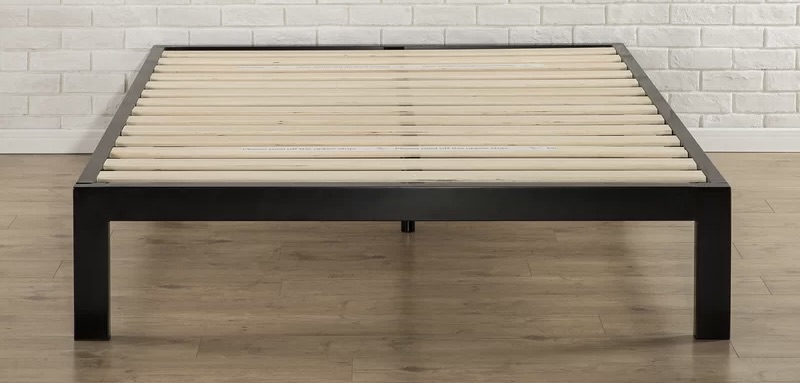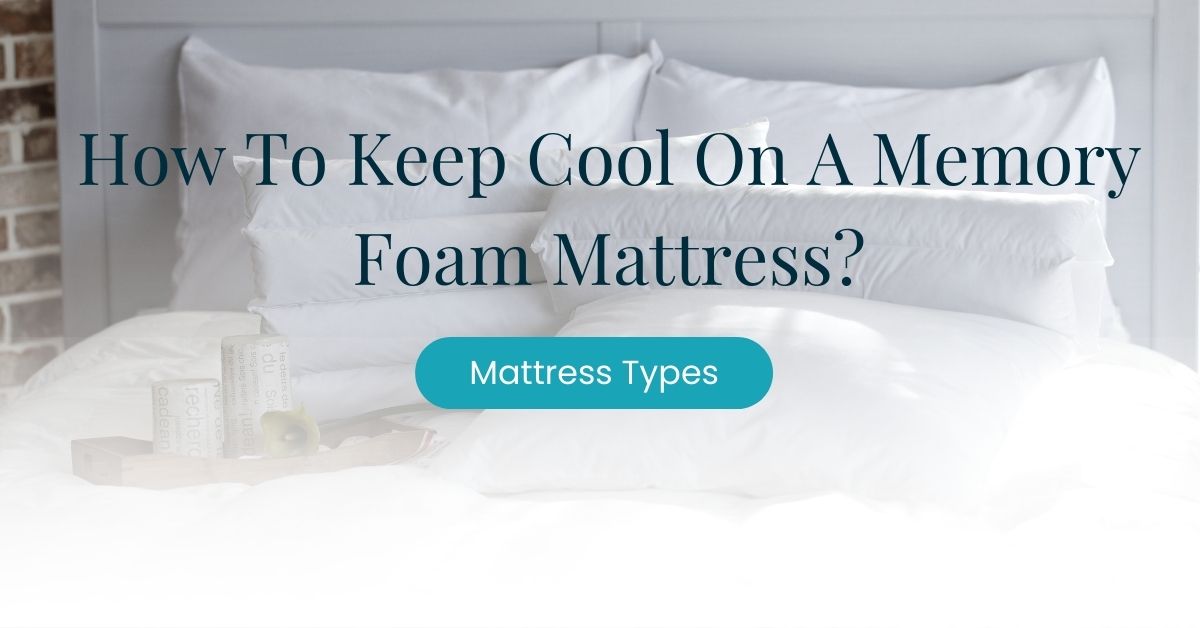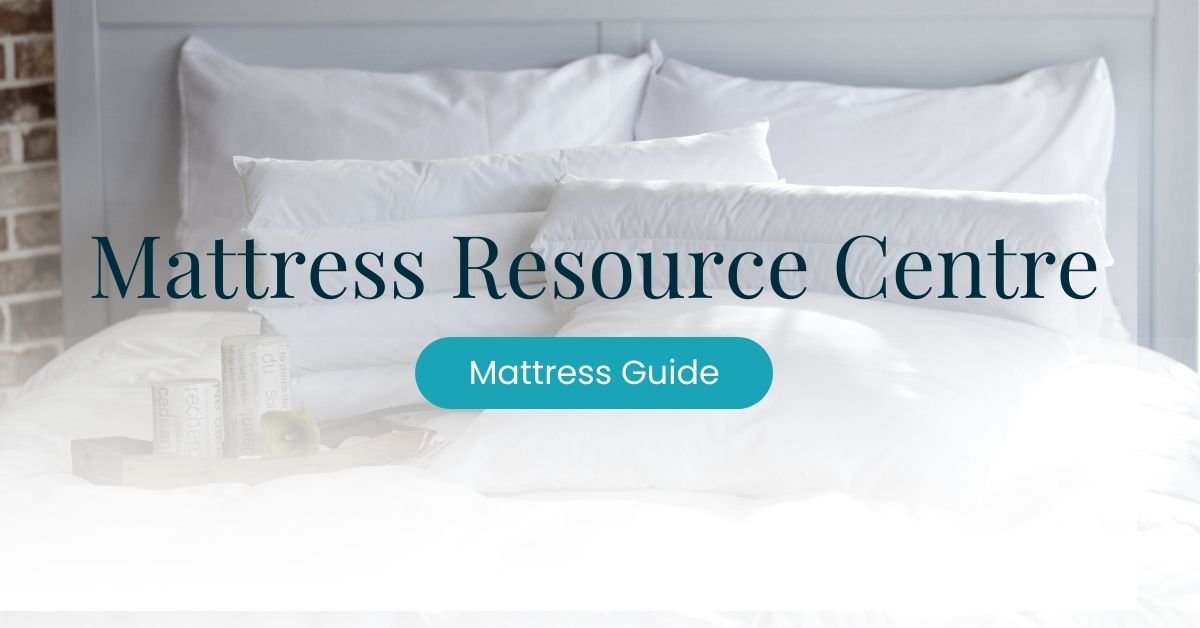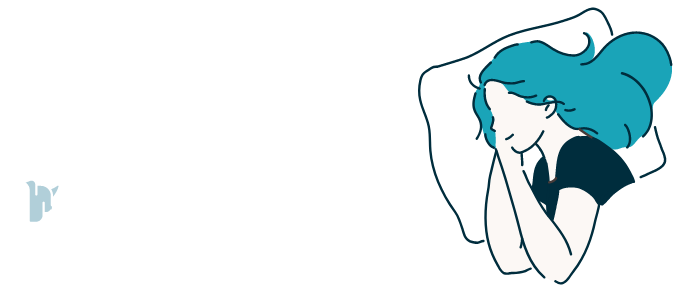A memory foam mattress can feel like sleeping on a cloud, but the sweating starts and the ewww-y yellow stains that come with it.
That’s why it’s important to know how to keep cool while sleeping on a memory foam mattress – from increasing your mattress’s lifespan and keeping it hygienic to ensuring you have the best night’s sleep.
There are cooler memory foam mattress types, like those infused with gel dissipating heat. If you’re wondering how far the mattress industry has come since your last purchase, check out our guide on the best mattress for hot sleepers.
why does memory foam sleep hot?
NASA first developed memory foam in the mid-1960s to help with shock absorption as astronauts leave and reenter the Earth’s atmosphere.
The result was a dense material that conforms to the shape of the body when heated, creating a feeling of being “wrapped” in the material for some. Of course, this results in some people getting hot at night and trapped in the material.
It is a viscoelastic material with both viscous and elastic properties.
When constant heat is absorbed, the viscous property subsides, making the foam more flexible and pliable. On the other hand, the elastic property causes the foam to return to its original form after the force is removed, a process called hysteresis which takes about 5 to 10 seconds.
This all results in traditional memory foam being not very breathable as it does not allow air to flow through it easily. This means more heat retention and a warmer sleep environment. As the foam becomes more flexible, it means that you sink in and the warmth contours around you.
The dense structure also causes it not to ventilate as efficiently compared to spring mattresses with more airflow space. When lying down on the foam, it gets compressed, leading to poor ventilation and excess heat retention. This trapped heat is then felt by the sleeper during the night, resulting in overheating and sweating.
Why Is It Important To Regulate Temperature During Sleep?
Environment temperature is one of the most critical factors that affect and disturb our sleep. The study found that heat exposure increases wakefulness and decreases slow wave sleep and rapid eye movement (REM) sleep.
Sleep disruption has both short-term and long-term consequences. Short-term problems can affect your day-to-day tasks, and symptoms include
- decreased quality of life
- increased stress
- mood disorders
- Cognitive, memory, and performance deficits.
On the other hand, long-term consequences include
- hypertension
- cardiovascular disease
- weight-related issues
- metabolic issues
- Type 2 diabetes mellitus.
It may not seem serious in the short run, but sleep deprivation significantly affects overall health.
8 Tips and Tricks to Try to Cool Your Mattress
If you’re looking for ways to keep you cool at night, then these tips and tricks will work a treat. Some of them are on them are quick-and-easy fixes, and some are bigger changes but help even more.
1. Change Your Bed Foundation
To make your memory foam mattress cooler, consider changing your bed frame to a slatted version or using a bed frame if you’ve opted for a no-frame bed. A solid platform, like the floor or bed frame with a solid plyboard, can restrict air circulating, leading to retaining more heat.

A bed foundation with slat, box springs, or a platform bed encourages airflow through the bottom and helps dissipate trapped heat.
2. Change Your Pillows
Choosing suitable breathable pillows can significantly affect your sleep quality and how hot you feel on your mattress. If your head overheats, your brain reacts by telling you to produce sweat to release the heat and regulate your body’s temperature.
Sweating in the middle of the night will wake you and disturb sleep. So, choosing a breathable, cooling pillow with fillings like feathers and cotton helps increase air to circulate and is a great way to keep cool.
3. Change Your Bed Sheets / Duvet / Blankets
As fabulous as it seems, sleeping on silk bed sheets results in you waking up on a sweaty, drenched mattress. Cooling sheets with fabrics such as linen that have low thread counts help improve air circulation as they don’t trap heat.
You might also want to steer clear from insulating comforters and duvets if you’re a hot sleeper or during a hot summer, as these trap our body heat. Depending on where you live, you’ll want to aim for a lower ‘tog’ than you already have, this will mean the duvet is thinner.
4. Cooling Mattress Topper or Mattress Pad
A cooling mattress topper or pad is a great idea to make a memory foam mattress sleep cooler. They’re placed on top of the mattress and help dissipate body heat and help you sleep cool.
There are gel memory foam toppers that contain cooling gels and can be made of natural materials like cotton and wool that makes you feel cool by dissipating heat and increasing air circulation between your skin and the mattress.
5. Change Your Room Temperature
We all know that being hot on your memory foam bed sucks. You’ll end up tossing and turning all night. And one scientific study concluded that maximum sleeping time is reached when your body is at a neutral temperature. This is 30-32°C (86-90°F) without wearing clothing or 16-19°C (61-66°F) wearing clothes and a duvet.
In hotter weather, there are some steps you can do to get close to the optimal temperature for sleep:
- Adjust your thermostat. If you have an adjustable thermostat in the room, take advantage of it for maximum sleep comfortability. You can set it to the thermoneutral temperature of 16-19°C (61-66°F) if you wear clothing and/or use a thicker tog duvet to sleep.
- Open your windows. Allowing more ventilation can improve the ambient and body temperature.
- Use an electric fan. Using an electric fan to increase air circulation in the room. A tip is to put ice on a tray in front of the fan to cool the air.
- Open the attic hatch. During the day, hot air accumulates in the ceiling. You can try opening your attic’s hatch (if you have one) to allow the hot air to escape.
6. Sleepwear
The last thing you want is to get all sweaty in your silk pyjamas. Fabrics like cotton, bamboo, or linen are recommended for breathable sleepwear. Also, we recommend wearing loose-fitting ones so you’ll get comfy and allow breathability.
7. Keep Hydrated
You may wonder why you need to hydrate before sleeping. During hotter nights, our body sweats more to release heat and help the body regulate its temperature.
Dehydration has been proven to affect sleep, with dehydrated adults sleeping for only 6 hours compared to 8 hours in this medical study.
So make sure you stay hydrated before bed and keep a glass of water by the bed if you wake up feeling dehydrated.
8. Lights And Electronics
You might want to reconsider if you’re the type to sleep with television or lights on. It disrupts your sleep with the light and heat produced by some lights. If you can’t sleep without lights or television, consider having it on a timer so that they turn off when you’re in your deep sleep.
So make sure you stay hydrated before bed and keep a glass of water by the bed if you wake up feeling dehydrated.
If All Else Fails, Consider a New Mattress
You spent a lot on that expensive memory foam mattress. But sometimes, it’s just not suitable for you. If the body contouring has drawn you to a memory foam mattress, you should consider a hybrid mattress or a gel memory foam mattress.
A hybrid mattress provides the same effect as memory foam but with a cooler base or foundation. Its support layer consists of springs, so increase ventilaiton helps spread the heat. Hybrid mattresses also come with top layers infused with gel foam to help with the cooling.
Or, you can opt for a latex mattress to stay cool as this type of mattress has naturally cooling properties.
Tip: Most mattress sellers now offer free trial periods of up to 200 days, so you can try out the bed and see if it suits you.
4 Sources
- National Aeronautics and Space Administration
https://spinoff.nasa.gov/Spinoff2005/ch_6.html - Medic, G., Wille, M., & Hemels, M. E. (2017). Short- and long-term health consequences of sleep disruption. Nature and science of sleep, 9, 151–161.
https://www.ncbi.nlm.nih.gov/pmc/articles/PMC5449130/ - Onen SH, Onen F, Bailly D, Parquet P. Prevention and treatment of sleep disorders through regulation] of sleeping habits. Presse Med. 1994 Mar 12;23(10):485-9. French. PMID: 8022726
https://pubmed.ncbi.nlm.nih.gov/8022726/ - Rosinger AY, Chang AM, Buxton OM, Li J, Wu S, Gao X. Short sleep duration is associated with inadequate hydration: cross-cultural evidence from US and Chinese adults. Sleep. 2019 Feb 1;42(2). doi: 10.1093/sleep/zsy210. PMID: 30395316.
https://pubmed.ncbi.nlm.nih.gov/30395316/






